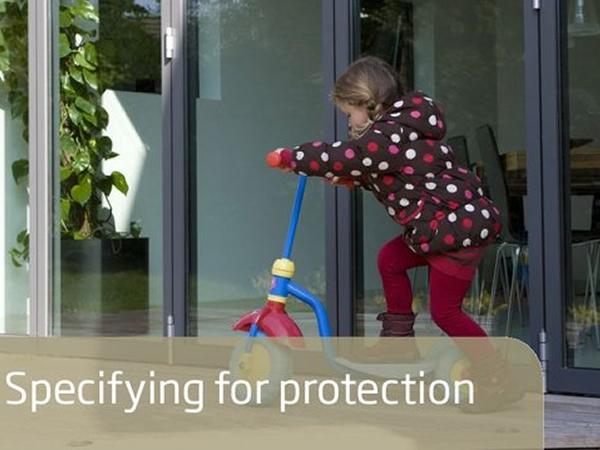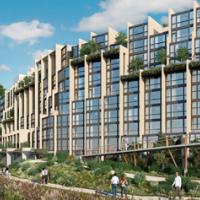
Date: 2 September 2019
Creating a safe and secure home should be at the heart of any residential building project. This is especially true for developers in specialist projects providing housing for vulnerable people. Here we explain how architects and developers can use the latest in glazing technology to create secure homes.
Despite being one of the most commonly used access points for intruders, windows are often overlooked when thinking about making a property more secure. It is important to specify the right products in order to protect a building and its occupants, putting robust windows at the top of the priority list for many house builders.
Recent innovations in the development of safety and security glass now ensure people can be protected from personal injury or in the most extreme cases, buildings can be protected from various forms of attack.
However, while safety and security glass are closely linked, there is a distinction between the two terms, and it’s crucial that architects and developers understand the difference between these products and where they need to be placed, if they are to specify the most appropriate type of glass.
Critical locations
Glass in doors, door side panels, and partitions, as well as low windows and low-level glass in walls are all considered to be ‘critical locations’ and require the installation of safety glass. These areas of glazing, typically in access locations, are the most likely to cause accident or injury should the glass break.
Safety glass applies to glazing that reduces the risk of an accident by impact or fracture, while security glass is designed to withstand various deliberate attacks, such as manual, ballistic or blast. Of course, the last of these is more applicable in commercial applications in high-profile locations, although high-risk residential buildings may also benefit.
The role of safety glass is to protect the resident from the resulting fragments of glass and applies to glazing that reduces the risk of an accident by impact or fracture. The two most common types of safety glass are toughened glass and laminated glass.
In the toughening process, the glass is subjected to a heating and cooling treatment whereby high compressive stresses are set up at the surfaces with balancing tensile stresses in the centre. The high compressive surface stresses give toughened safety glass its increased strength, typically four or five times stronger than ordinary glass.
In the laminating process, multiple sheets of glass are ‘sandwiched’ with polyvinylbutyral (PVB) layers and bonded together using heat and pressure.
Although no stronger than traditional glass, in the event of breakage, the laminated glass such as Pilkington Optilam™ will break but the PVB interlayer will help hold the fragments in place. This results in a product that can remain in place after impact, making it safer for people within the building and harder for intruders to enter a home.
For high-security-risk areas, such as those in inner-city areas or close to high-profile locations, much thicker laminates with many more interlayers may be appropriate as, when correctly installed, resistance to penetration can help to protect against bullets and explosions. It should also be stressed that the frame itself needs to be specified to resist a similar level of attack as the glass.
Multifunctional solutions
Although safety and security glass products are designed with protection in mind, the presence of PVB in these products also offers a number of added benefits. Laminated glass with enhanced acoustic performance such as Pilkington Optiphon™ can also provide increased levels of protection from noise pollution should a housing development be located near to a source of noise disturbance, such as a building site or a busy road.
Similarly, advances in glass coating technology means that today’s safety and security products can incorporate several advanced performance benefits including solar control, thermal insulation, self-cleaning and anti-condensation properties.
Given the multi-functionality of protective glass on today’s market, house builders can fulfil a wide variety of end-user’s requirements and develop high-performing homes, while meeting the strictest safety and security standards.
Visit Safety / Security section to find out more.
 600450
600450


















Add new comment